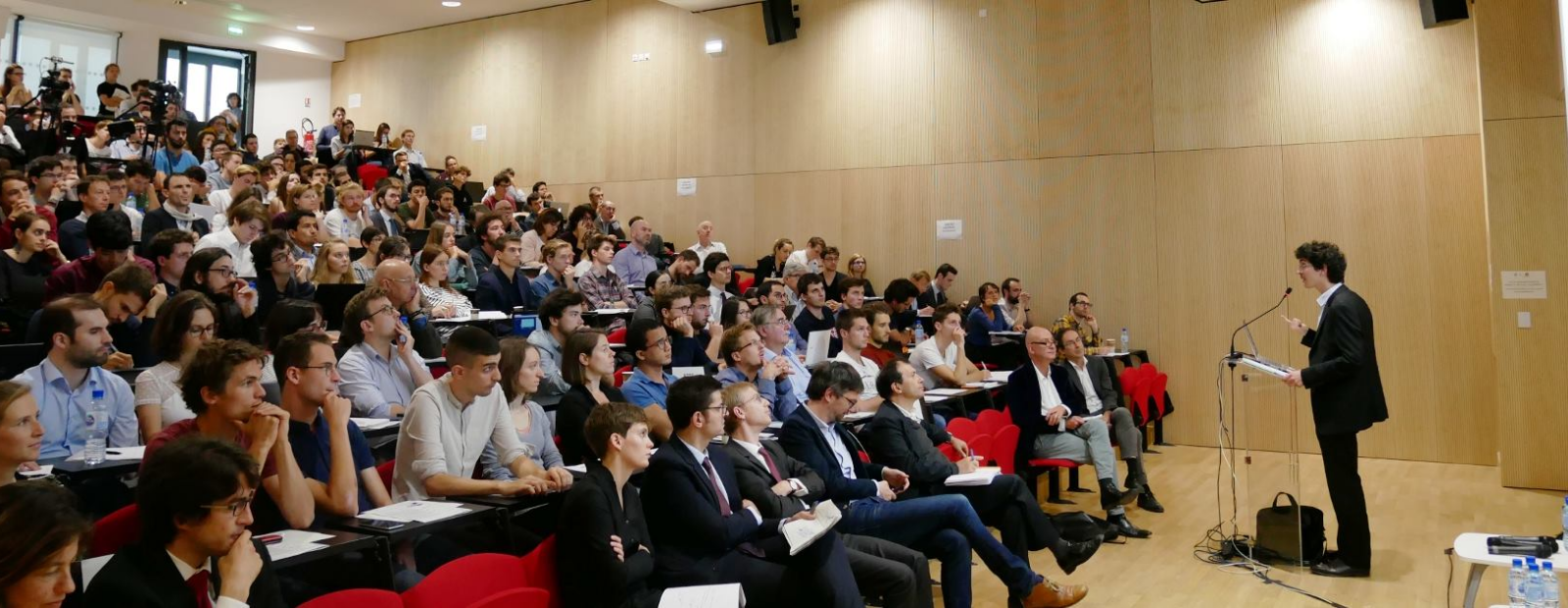Publié en

Claudia Senik
Directrice du Cepremap
Professeure titulaire d'une chaire à PSE
- Professeur
- Sorbonne Université
- IZA
Groupes de recherche
- Chercheur associé à la Chaire Mesures de l’économie – Nowcasting – Au-delà du PIB.
THÈMES DE RECHERCHE
- Bien-être
- Comportement social et politique
- Economie comportementale
- Economie démographique et économie de la famille
- Economie du bonheur
- Economie expérimentale
Contact
Adresse :48 Boulevard Jourdan,
75014 Paris, France
Campus :
Campus Jourdan
Étage : 3
Bureau : 05
Publications HAL
-
A Room of One’s Own. Work from Home and the Gendered Allocation of Time Pré-publication, Document de travail
-
From Pink-Collar to Lab Coat: Cultural Persistence and Diffusion of Socialist Gender Norms Article dans une revueRevue : Journal of Population Economics
Publié en
-
-
Gouverner. Un enjeu essentiel OuvragesAuteur : Fanny Henriet, Philippe Askenazy, Thomas Renault Éditeur : Odile Jacob
Publié en
-
Work from home and subjective wellbeing Chapitre d'ouvrageÉditeur : Edward Elgar Publishing
Publié en
Onglets
Voir ma page personnelle
See my personal page
→ Un portrait dans Le Monde des idées, par Anne Chemin (image)
